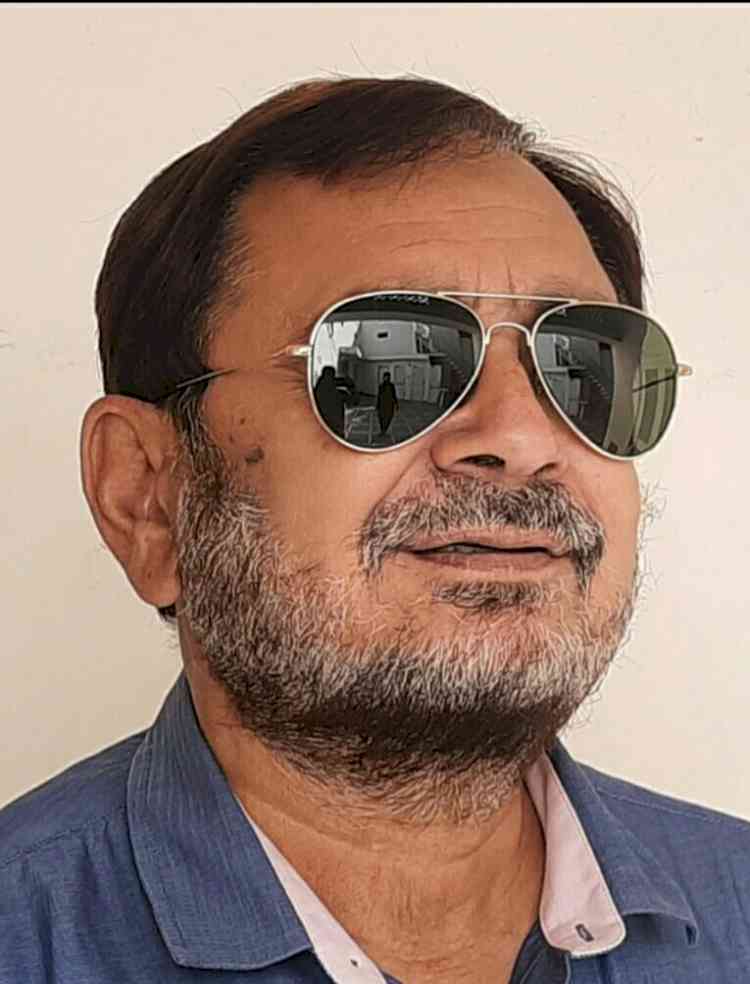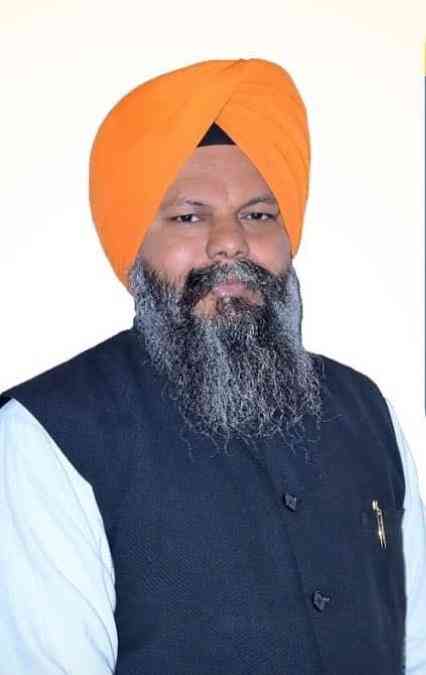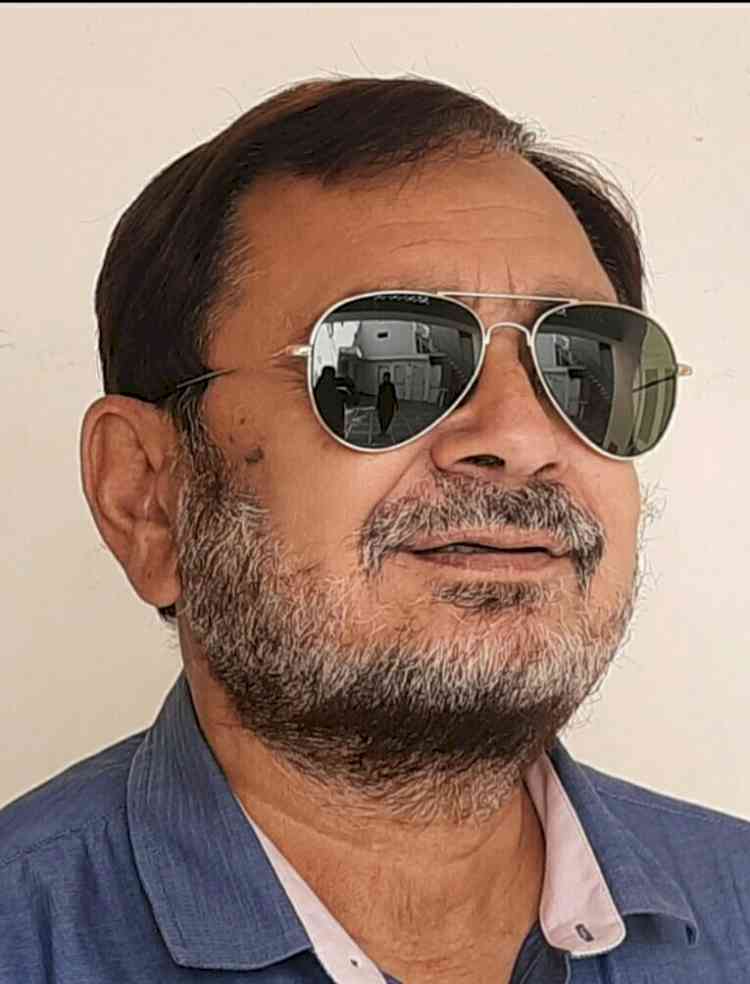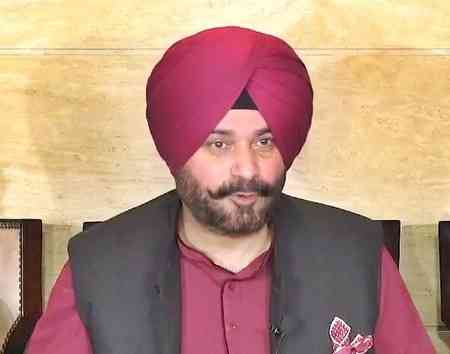Will the results of gram panchayat elections reflect on the future political scenario in Punjab?
The third phase of elections in Jammu & Kashmir and Haryana will take place soon, with results expected on October 8, 2024. All major political parties are hopeful of victory. Meanwhile, the Gram Panchayat elections in Punjab are scheduled for October 15, 2024.

The third phase of elections in Jammu & Kashmir and Haryana will take place soon, with results expected on October 8, 2024. All major political parties are hopeful of victory. Meanwhile, the Gram Panchayat elections in Punjab are scheduled for October 15, 2024.
The Election Commission of Punjab has already announced the process for filing nominations, which began on September 27, 2024, and will continue until October 4, 2024. The last date for withdrawal of candidatures is October 5, 2024, with voting set for October 15, 2024. The entire process will conclude by October 16, 2024.
Given that the results of the Haryana and Jammu & Kashmir elections will be known before Punjab's Panchayat elections, a key question arises:
Will these results influence the outcome in Punjab? In my opinion, the trends in Punjab’s elections are heavily influenced by farmers and agriculturalists in rural areas. Since Haryana and Jammu & Kashmir are neighboring states, their election results could have a spillover effect. However, in Panchayat elections, individual personality, social work, and local connections often matter more than broader political affiliations.
The Gram Panchayat elections are crucial because the rural vote plays a significant role in deciding the fate of political parties during Assembly and Parliamentary elections. Panchayats hold significant power, including the ability to manage water resources, roads, drainage systems, school buildings, and common property. They can also levy taxes and implement government schemes, especially those focused on generating employment. The Block Development Officer (B.D.O.) supervises 10 villages and reports to the Zila Parishad. Each Panchayat operates under its own set of laws.
Interestingly, candidates for these elections do not contest on the symbols of recognized political parties; they stand as independent candidates. This makes Gram Panchayat elections a true reflection of grassroots democracy, as these local bodies play a pivotal role in village development.
A pertinent question arises: Why has the state government not announced elections for Municipal Committees and Municipal Corporations, which are also due? While Panchayats are instrumental in rural development, Municipal Corporations and Committees have a decisive role in shaping urban areas. When these elections are eventually announced, will candidates contest under party symbols or as independents?
In Punjab, major parties like the BJP, Congress, SAD (Badal), SAD (Amritsar), Aam Aadmi Party, and BSP are backing candidates contesting as independents in the Gram Panchayat elections. Whichever candidate wins, they are likely to align with the party that supported them during the campaign. However, once the results are declared, political parties will face the challenge of retaining these candidates, as the power dynamics in politics often lead to shifting loyalties. Additionally, the government typically directs more development funds to Gram Panchayats that are affiliated with the ruling party.
The Election Commission of India may soon announce by-elections for Assembly seats, and the outcome of the Gram Panchayat elections could provide insights into the political trends leading into these by-elections.
Authored by:
Rajat Kumar Mohindru,
Journalist,
Jalandhar City.


 Rajat Kumar
Rajat Kumar 









